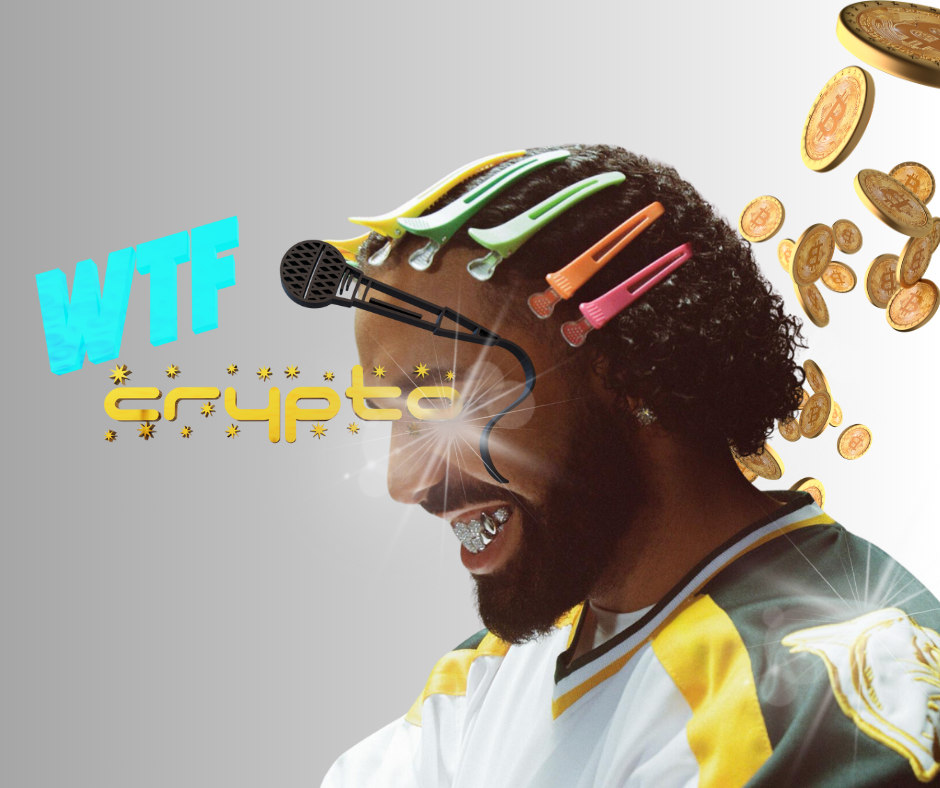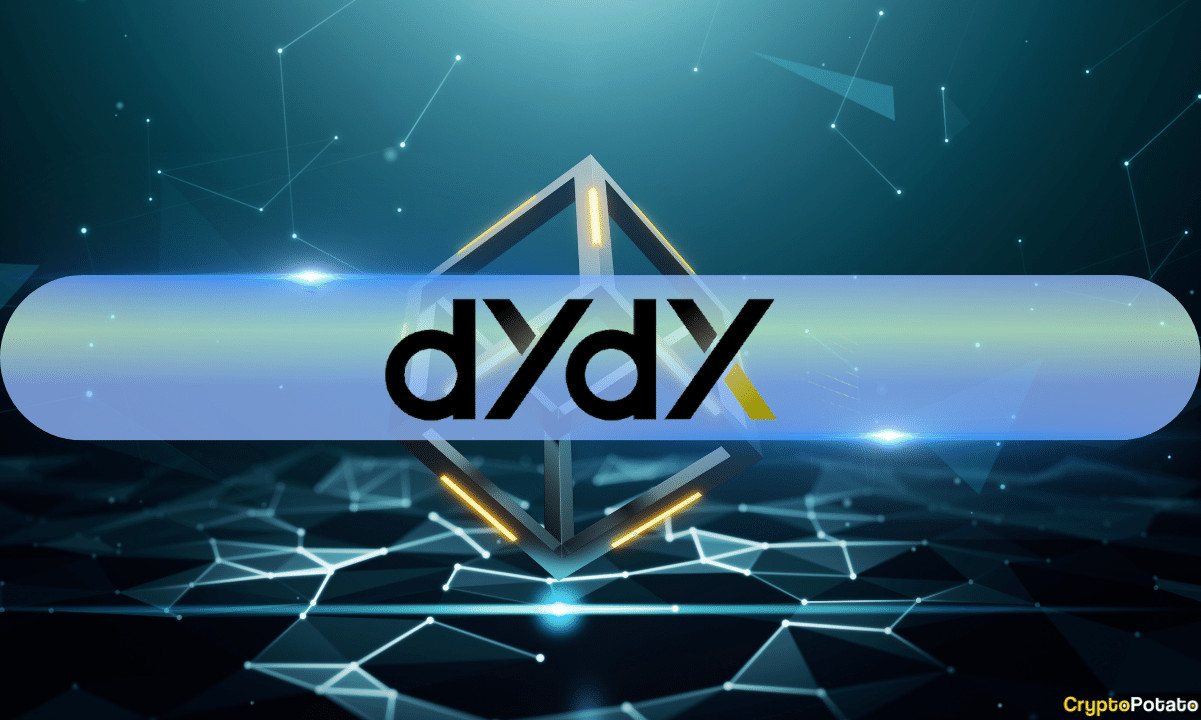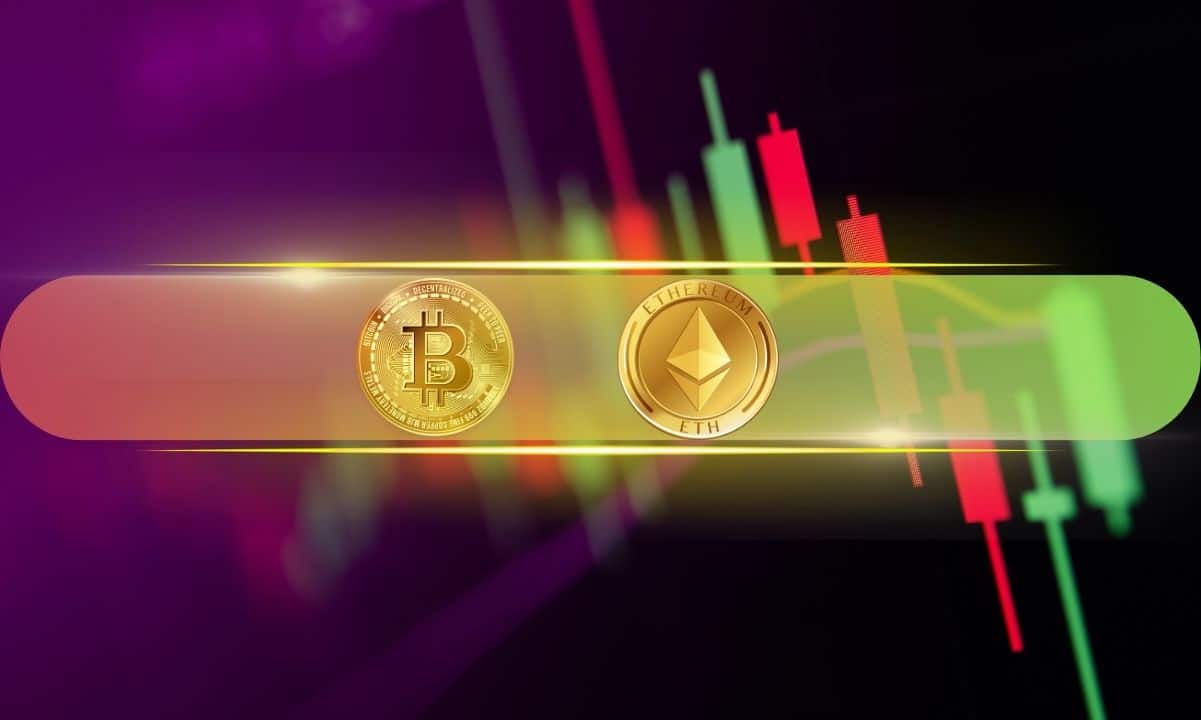
Bitcoin halving is an event that happens about every four years, cutting the reward for mining Bitcoin transactions in half. This mechanism is built into the heart of Bitcoin to reduce the rate at which new bitcoins are created, aiming to mimic the scarcity and value preservation similar to gold. It’s a pivotal moment for miners and the cryptocurrency market, often leading to speculation, investment strategies, and discussions about Bitcoin’s future value.
To understand the significance of the upcoming 2024 halving, it’s crucial to examine the previous halvings and their impacts on the Bitcoin ecosystem.
The First Halving (2012)
The inaugural Bitcoin halving occurred on November 28, 2012. At this point, the reward for mining a block was cut from 50 to 25 bitcoins. This event was a significant milestone for Bitcoin, testing the theoretical predictions about its deflationary nature. Following the halving, Bitcoin saw a gradual increase in its value, underscoring the economic model that scarcity could drive up value. This period marked the beginning of Bitcoin’s journey from an obscure digital currency to a more widely recognized and valuable asset.
The Second Halving (2016)
The second halving took place on July 9, 2016, reducing the block reward further from 25 to 12.5 bitcoins. This event came at a time when Bitcoin was gaining more mainstream attention, with the cryptocurrency’s ecosystem expanding and its user base growing. The anticipation of reduced new supply led to a significant price increase in the months leading up to the halving. Following the event, Bitcoin’s price continued to climb, setting the stage for the unprecedented bull run of 2017 that saw it reach nearly $20,000 by year’s end.
The Third Halving (2020)
On May 11, 2020, Bitcoin experienced its third halving, which reduced the block reward to 6.25 bitcoins. This halving occurred against the backdrop of a global pandemic, which introduced significant volatility and uncertainty in traditional financial markets. Bitcoin’s performance post-halving was remarkable, with its price setting new records. It acted not only as a digital asset but also started to be perceived as “digital gold,” a safe haven for investors during times of economic instability. The run-up to this halving and its aftermath highlighted Bitcoin’s growing role and acceptance within the broader financial landscape.
As we are 42 days away (at the time of this writing) from the next bitcoin halving, the buzz isn’t just about the expected reduction in miner rewards or its potential impact on Bitcoin’s price. This time, we’re looking at two groundbreaking developments that set this halving apart from previous ones: Ordinal Inscriptions and the rise of Bitcoin ETFs.
The Rise of Ordinal Inscriptions
Ordinal Inscriptions have introduced a new dimension to the Bitcoin network, allowing it to serve as a platform for digital artifacts, similar to NFTs, without depending on secondary layers. This innovation means that almost any digital content, like images, videos, or even applications, can be uniquely inscribed on a Bitcoin transaction. Unlike previous Bitcoin NFT attempts, ordinals don’t rely on Layer 2 solutions but instead use enhancements made by previous updates like SegWit, which increased the block size limit. This not only marks a significant technological milestone but also opens up Bitcoin to a broader range of uses beyond just a digital currency.
The Influence of Bitcoin ETFs
Bitcoin ETFs, or Exchange-Traded Funds, are another factor changing the game. They allow investors to get involved with Bitcoin without the complexities of managing actual cryptocurrency, making Bitcoin accessible to a wider audience. The growing adoption of Bitcoin ETFs introduces a steady demand for Bitcoin, potentially easing sell pressure and leading to a more stable market structure. This could mean less volatility and a more predictable market, benefiting both seasoned investors and newcomers.
The Unique Impact of 2024’s Halving
So, why is the 2024 halving particularly noteworthy?
For starters, the advent of ordinal inscriptions breathes new life into the Bitcoin ecosystem, transforming it into a cultural and technological platform. This could attract new users and uses, diversifying Bitcoin’s appeal and utility.
Moreover, the increasing popularity and acceptance of Bitcoin ETFs are likely to provide a buffer against market volatility. By offering a more accessible entry point for traditional investors, ETFs can introduce a constant demand, supporting Bitcoin’s price stability and growth.
These developments suggest that the 2024 Bitcoin halving isn’t just another cyclic event in the cryptocurrency world. It’s a milestone that could redefine Bitcoin’s role and value in the digital age, making it an even more integral part of the global financial system.
Conclusion
As we edge closer to the 2024 Bitcoin halving, it’s clear that this event will be unlike any before. With the integration of ordinal inscriptions and the impact of Bitcoin ETFs, we’re not just anticipating changes in mining rewards or speculative price movements. We’re witnessing a transformation in how Bitcoin operates and interacts with both the digital and traditional financial worlds.
For investors, enthusiasts, and the curious alike, these developments offer new avenues to engage with Bitcoin. Whether it’s through direct investment, exploring the burgeoning world of Bitcoin-based digital artifacts, or participating in the broader cryptocurrency market through ETFs, the 2024 halving heralds a new era for Bitcoin.
The 2024 Bitcoin Halving: Why This Time Is Uniquely Impactful was originally published in The Dark Side on Medium, where people are continuing the conversation by highlighting and responding to this story.

 1 month ago
25
1 month ago
25






 English (US) ·
English (US) ·